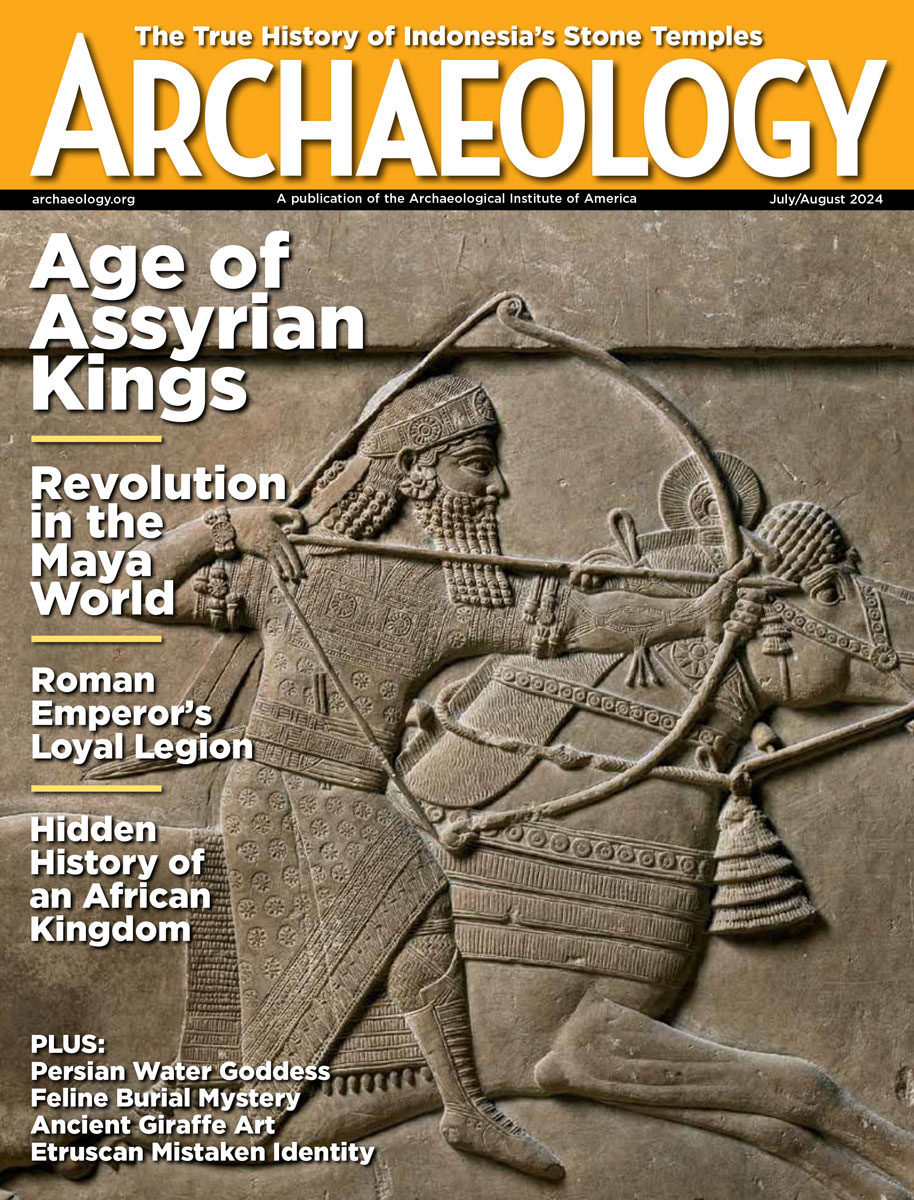Friday, August 1
August 1, 2008
More than 200 Sa Huynh tombs were unearthed in central Vietnam. Adults in the Sa Huynh culture, which flourished between 1000 B.C. and 200 A.D., were cremated and buried in jars.
Cremated bones were uncovered in Ireland from two small cist burials marked by a cairn and postholes. The cairn was spotted during gravel extraction at a concrete plant. Â
Visitors to the Great Pyramid can see Khufu’s solar boat in its burial pit, with the help of a camera. A second boat, found in 1954, is on display at Khufu’s Solar Boat Museum. This article in Al-Ahram describes the boats and the other boat pits on the Giza Plateau. Â
The discoveries of a stupa and the inscribed names of Tapasu and Bhallika, the Buddha’s first two disciples, have prompted the excavation of six Buddhist sites near Bhubaneswar, India. The tourism department wants to connect the sites with better roads and to declare them a Buddhist tourism circuit. Â
An appeals court in Michigan recently overturned a district court decision directing treasure hunters Steve Libert and Carl Carlson to disclose the location of a shipwreck thought to be the Griffon. The Griffon was French explorer Robert La Salle’s flagship, and it sank in Lake Michigan during a storm in 1679. Â
There are still only 1,200 troops to protect all of Iraq’s archaeological sites from looters. “Many of the sites are far from town centers and cities and are under the control of tribes,” said Margarete van Ess, director of Oriental Science at the German Archaeological Institute. Â
Australia’s department of Indigenous Affairs is investigating claims that an oil and gas company on the Burrup Peninsula moved a standing stone bearing rock art. The company replied that their archaeologist examined the stone and said that it had no cultural significance. Â
A cemetery will be created on the outskirts of Fromelles, France, where Australian and British soldiers were hastily buried in mass graves by German soldiers during World War I. “Should these remains have been discovered by post-war battlefield clearance teams in 1919, the war dead would have been re-interred with individual headstones; our men are no less deserving of that honor and dignity today,” said Australia’s Minister for Defense Personnel, Warren Snowdon. Â
Controversial archaeologist Eliat Mazar claims to have found a seal belonging to a sixth-century B.C. official mentioned in the Bible. Others aren’t so sure. “Dozens of bullas from the period already have been found, some of which turned out to be fakes,” commented archaeologist Israel Finkelstein. Â
Conservators from around the world are working together to save Timbuktu’s manuscripts. Some 20,000 ancient books are held in the Ahmed Baba Library, and many have been owned by private families for generations.Â
- Comments Off on Friday, August 1









